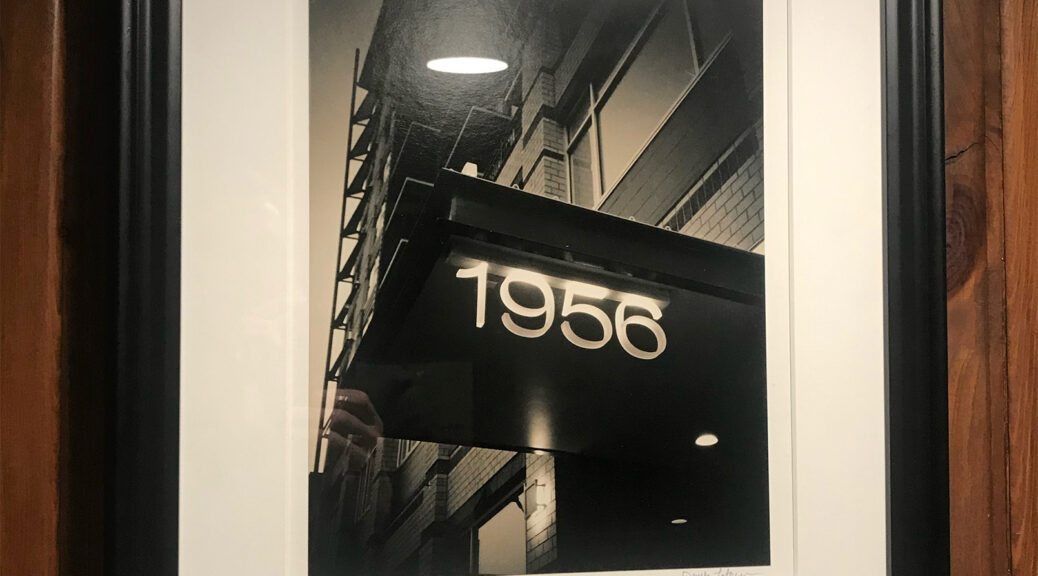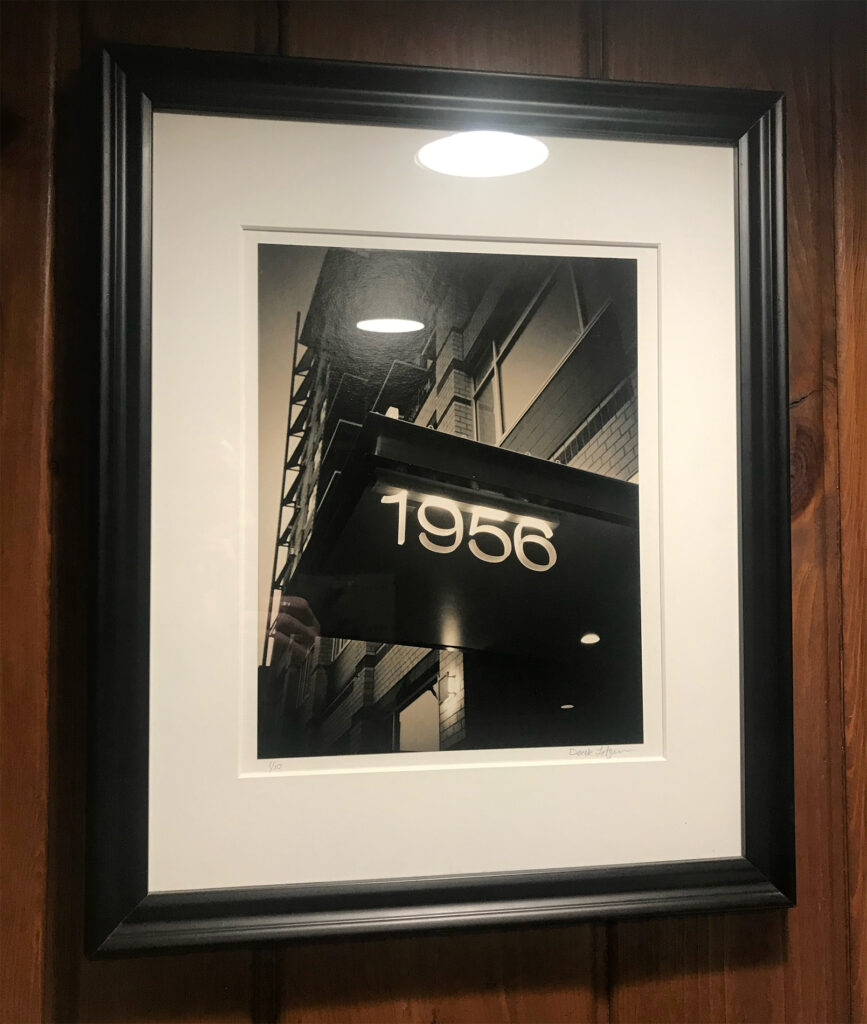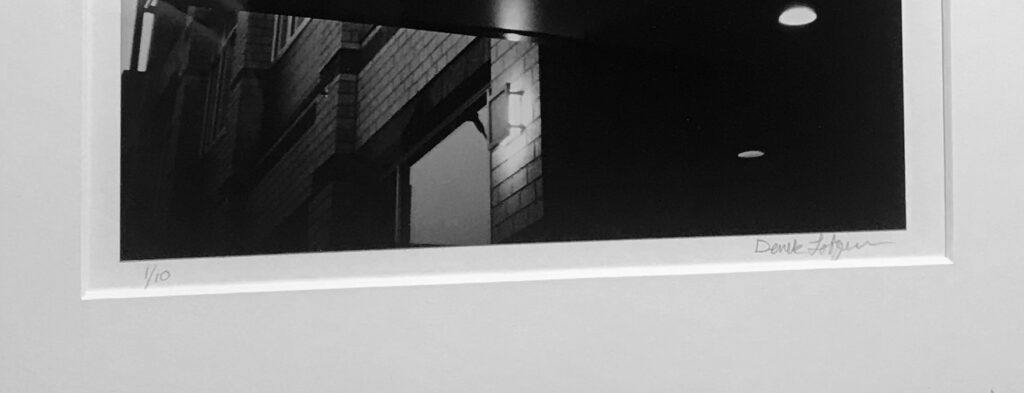The practice of photography means different things to different people. There are the casual photo snappers all the way to serious practitioners of the art and craft. With different experiences and motivations to make photographs, the end results can vary wildly. For me, the end result is not simply a great image I can share on social media or look at on a screen. I want an artifact that I can hold in my hands. A printed photograph.
The combination of the paper, chosen by the artist to best enhance the presentation of the image printed on it, and perhaps the mat and framing all come together as the final artifact. One that will last on it’s own without support from some other technology. No batteries or screens required. It exists. It is.
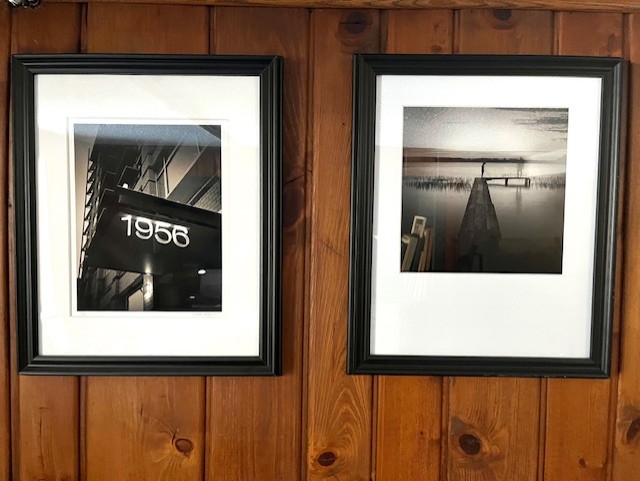
I can see amazing images online and be impressed, moved emotionally and have great respect for the effort made to create the image. I can say that I have never told myself “I have to have that image on my hard drive”. Not once. However, when I go to a gallery, art show or museum and see art on display, I find myself wanting the “thing” on the wall. It becomes an object that I desire. I want it because it is a real thing.
I want to touch on another thing an artifact brings. Perceived value. Maybe I am old fashioned in my thinking, but I can’t seem to feel that a digital file has as much value as a physical object. There is extra effort to bring an idea into a physical representation of that original idea. For example if a sculptor created a 3D model of a piece and then actually made some bronze castings of the piece the bronze artwork will have more value than just the digital file. The same principle applies for a digital image or even a film negative for that matter.
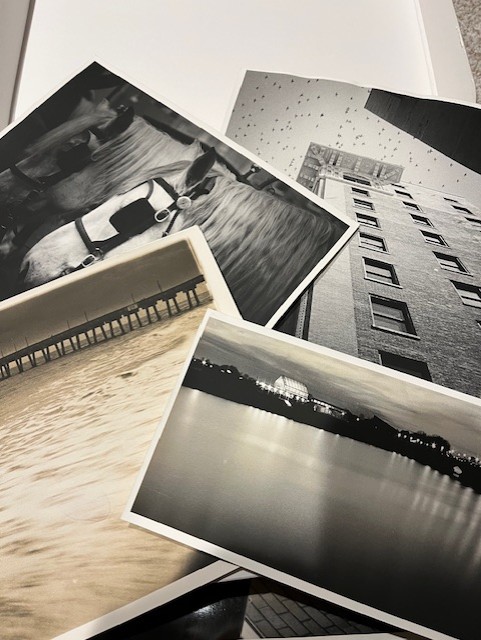
We are being bombarded with digital imagery with social media, online news outlets and even snaps on a phone shared directly. It is almost overwhelming. With the volume of digital images it gives us the impression that it is commonplace and the value of a good photograph is diminished. When a photograph is printed, it demonstrates that the artist took the effort, from time of capture, through processing and printing to the final result. The artifact. This increases the perceived value of the photograph.
Printing a photograph takes some effort. Even before the digital photography era photographers didn’t print every image they captured. Contact sheets helped the photographer choose the keepers and ones to pursue to a final print. I enjoy having final prints that I can sit down with and look at in my hands. Sitting with a box of final prints or a book of a photographers work and slowly looking and internalizing the photograph is almost a therapeutic process. I can turn off all my distractions, computer, TV, Phone etc. and enjoy without any interruptions.
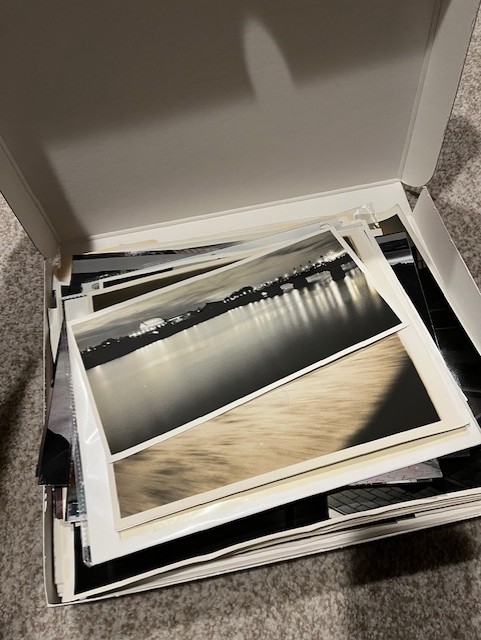
I guess what it comes down to and what I am trying to say, is that a printed photograph is important in any photographers practice. If you are a photographer who doesn’t print often or at all, I would encourage you to print your work. There is a next level of understanding and learning you will gain when you do.
Get the latest from me in your inbox
If you like the content I post here on the blog then maybe you will be interested in my email newsletter. I send them out with other news, thoughts and tips on photography as well special print offers. Add your email in the form below. You can unsubscribe anytime, you won’t hurt my feelings.

